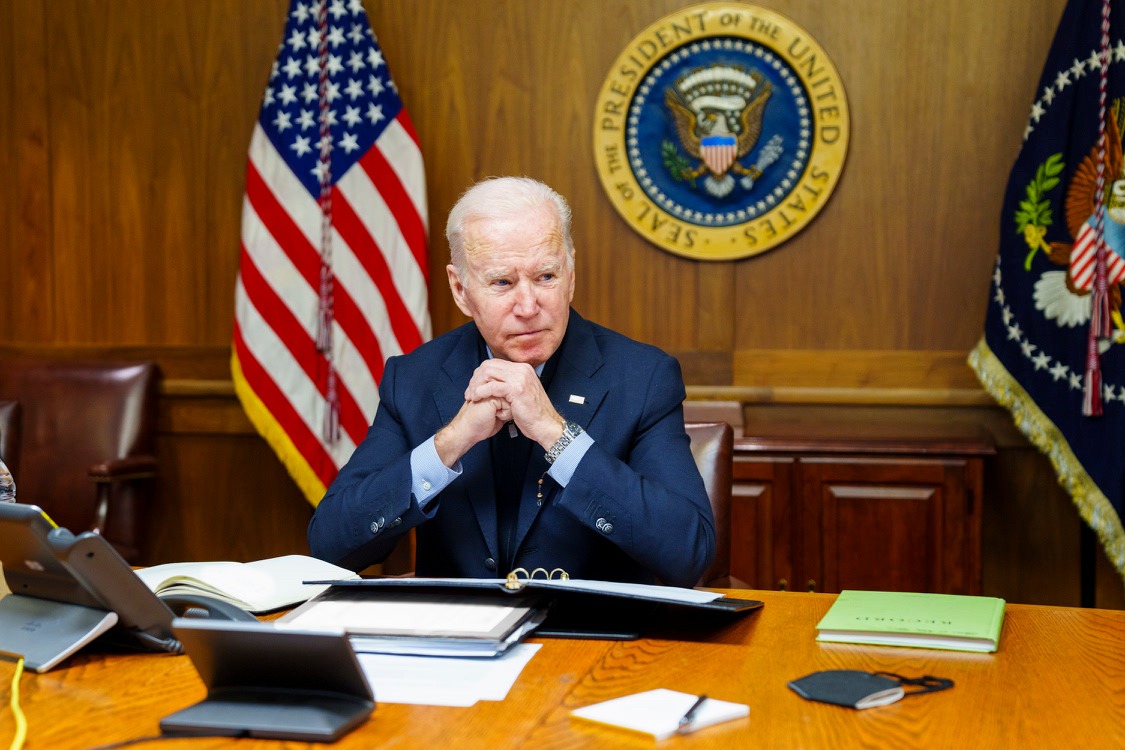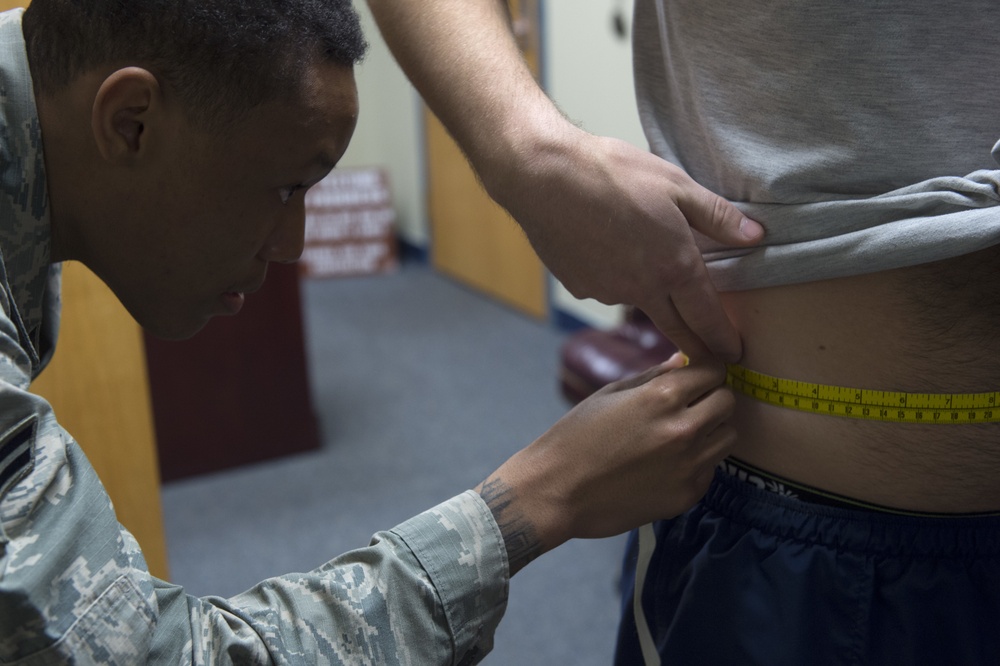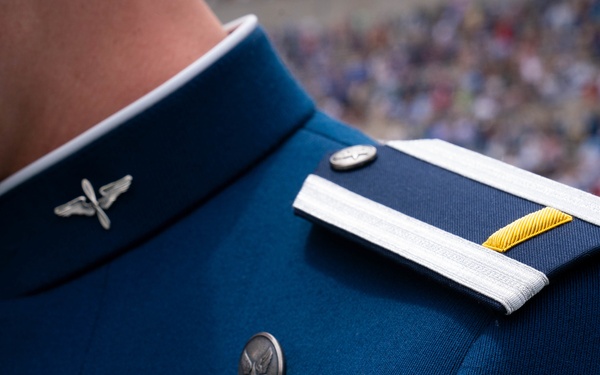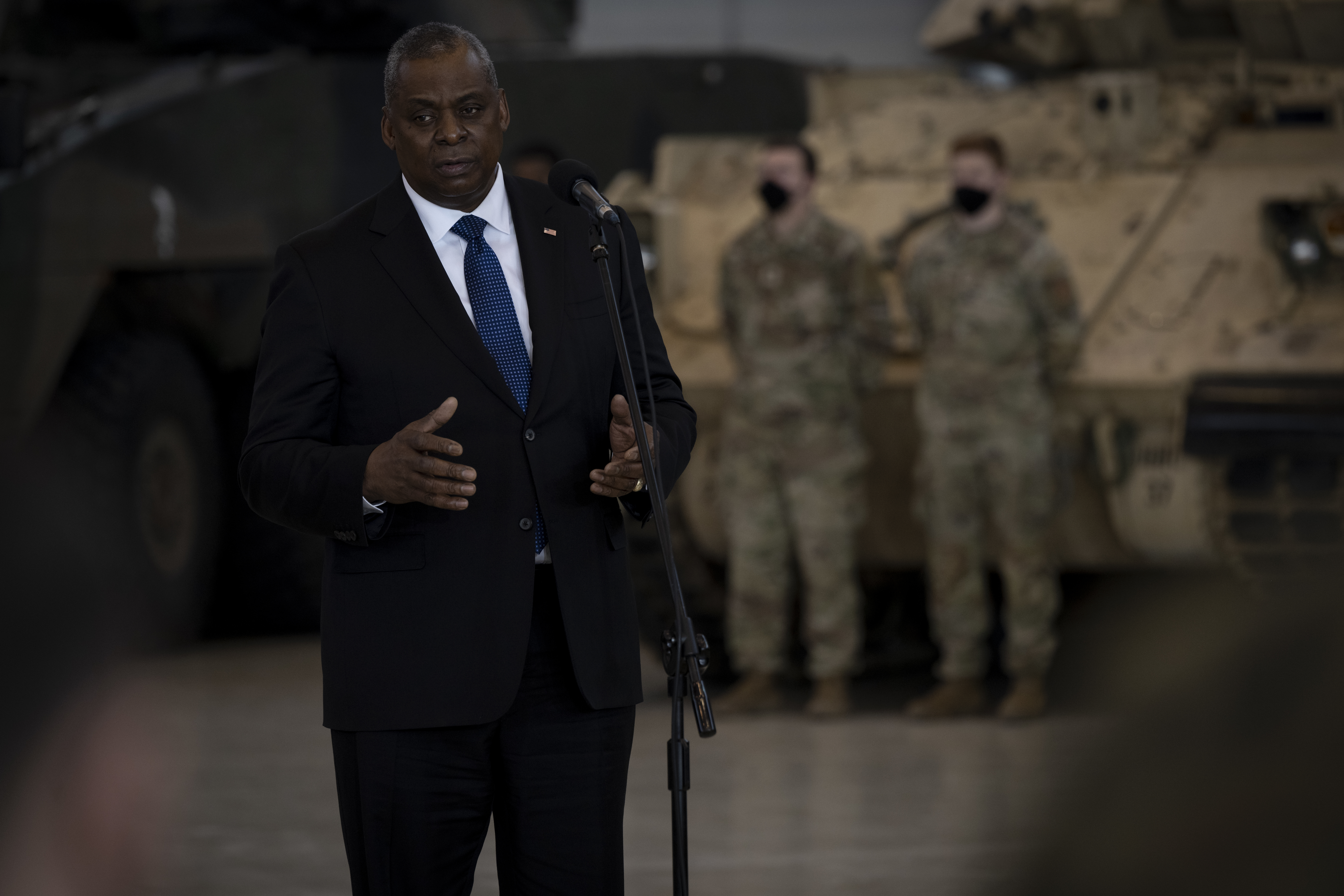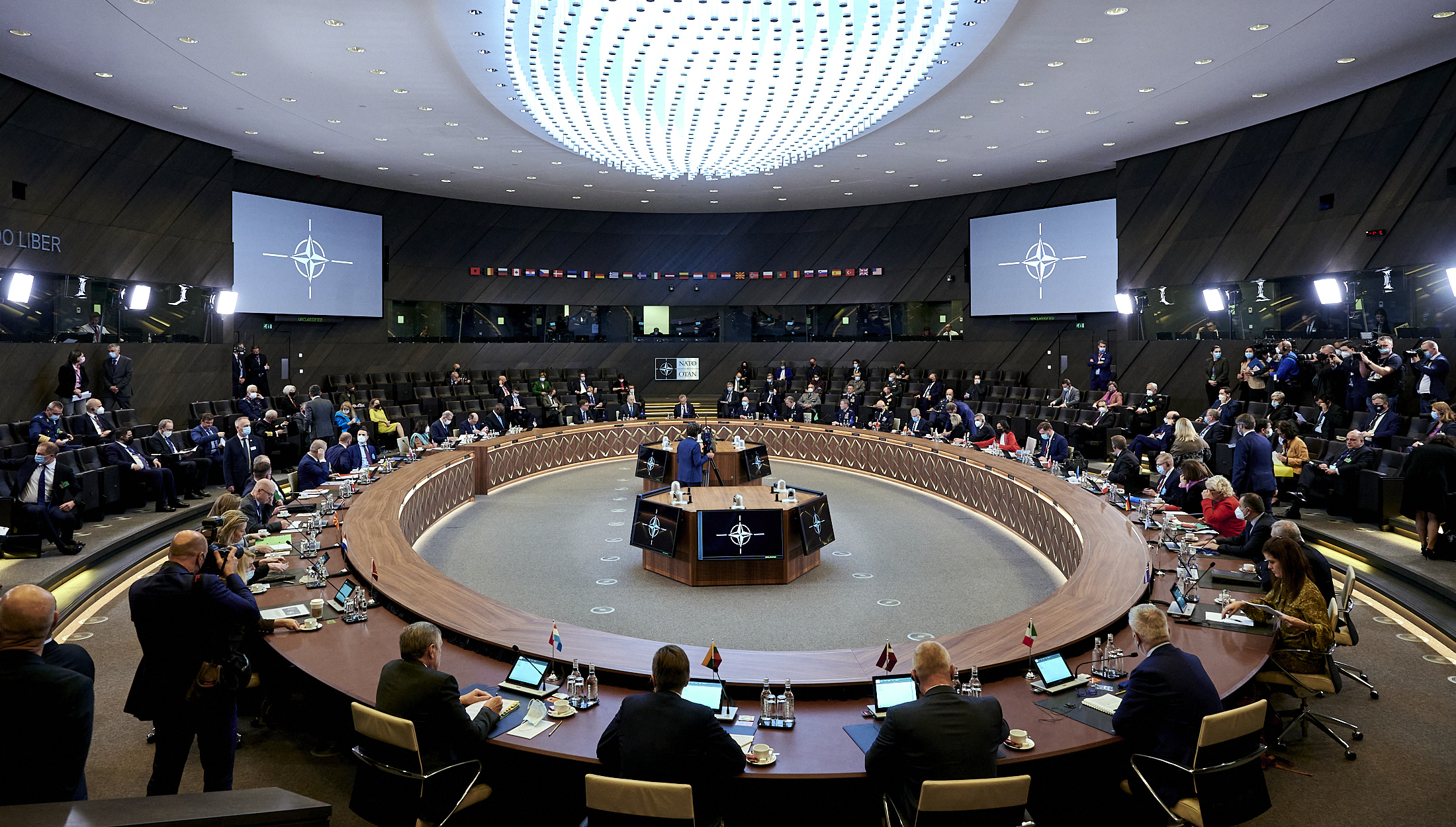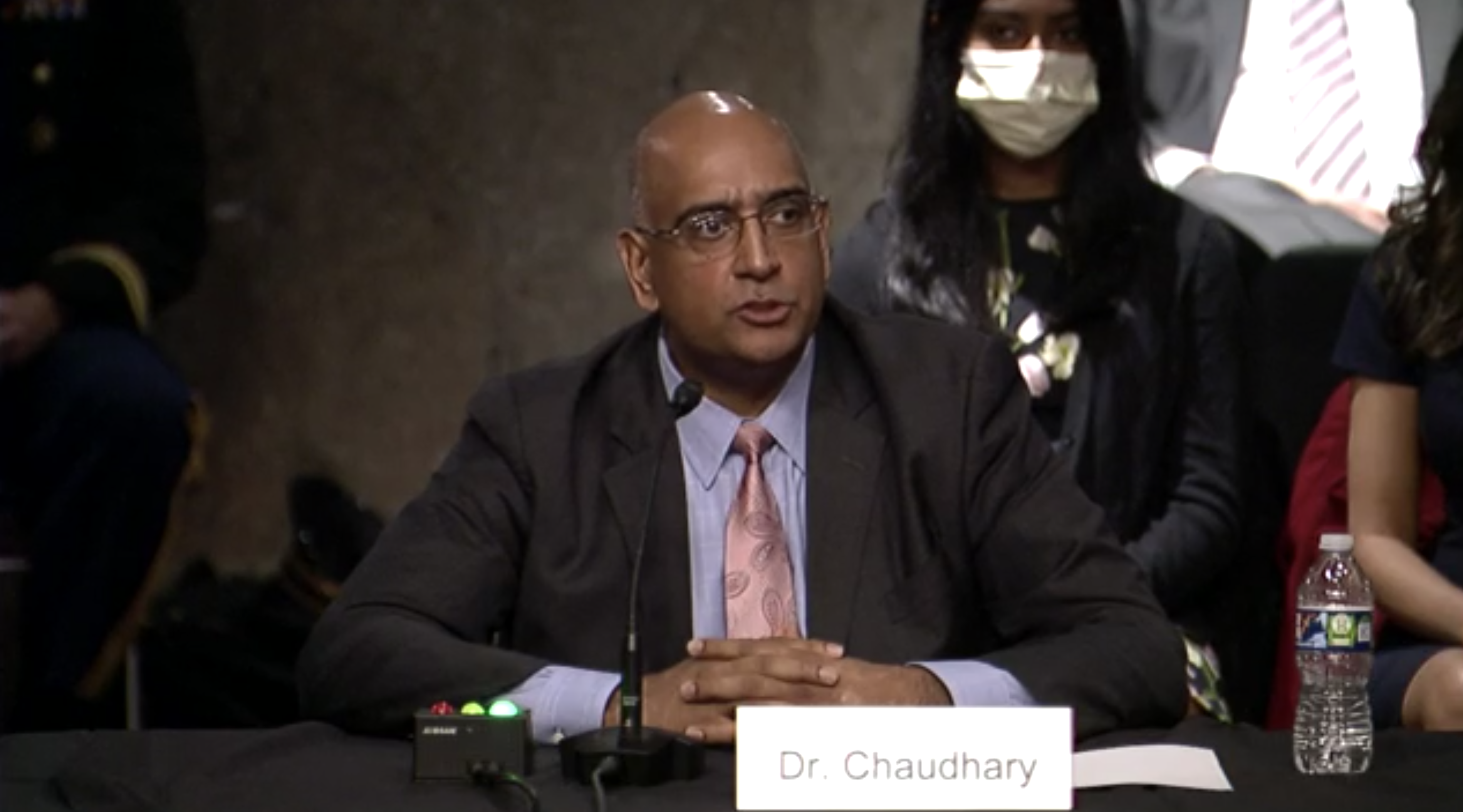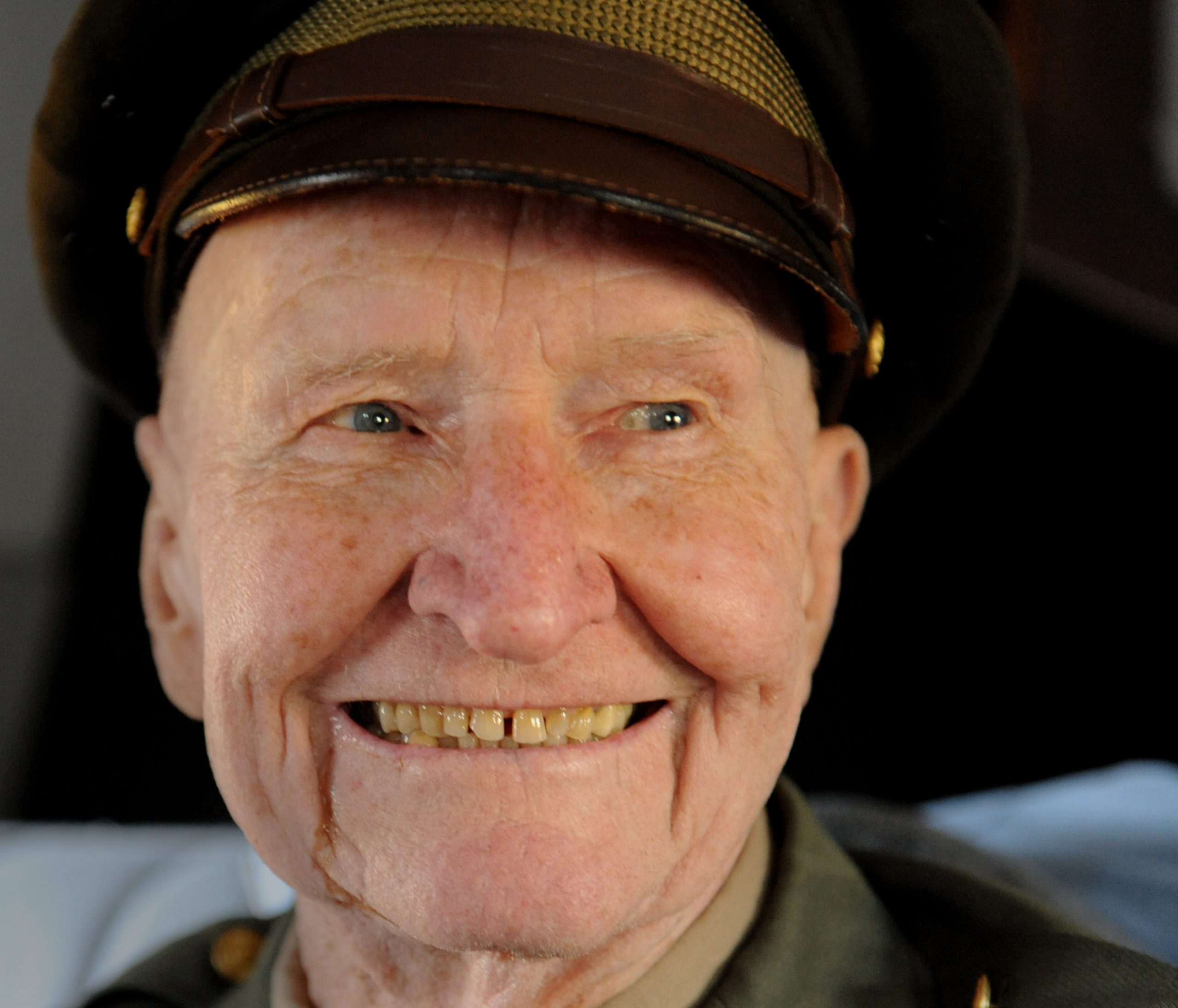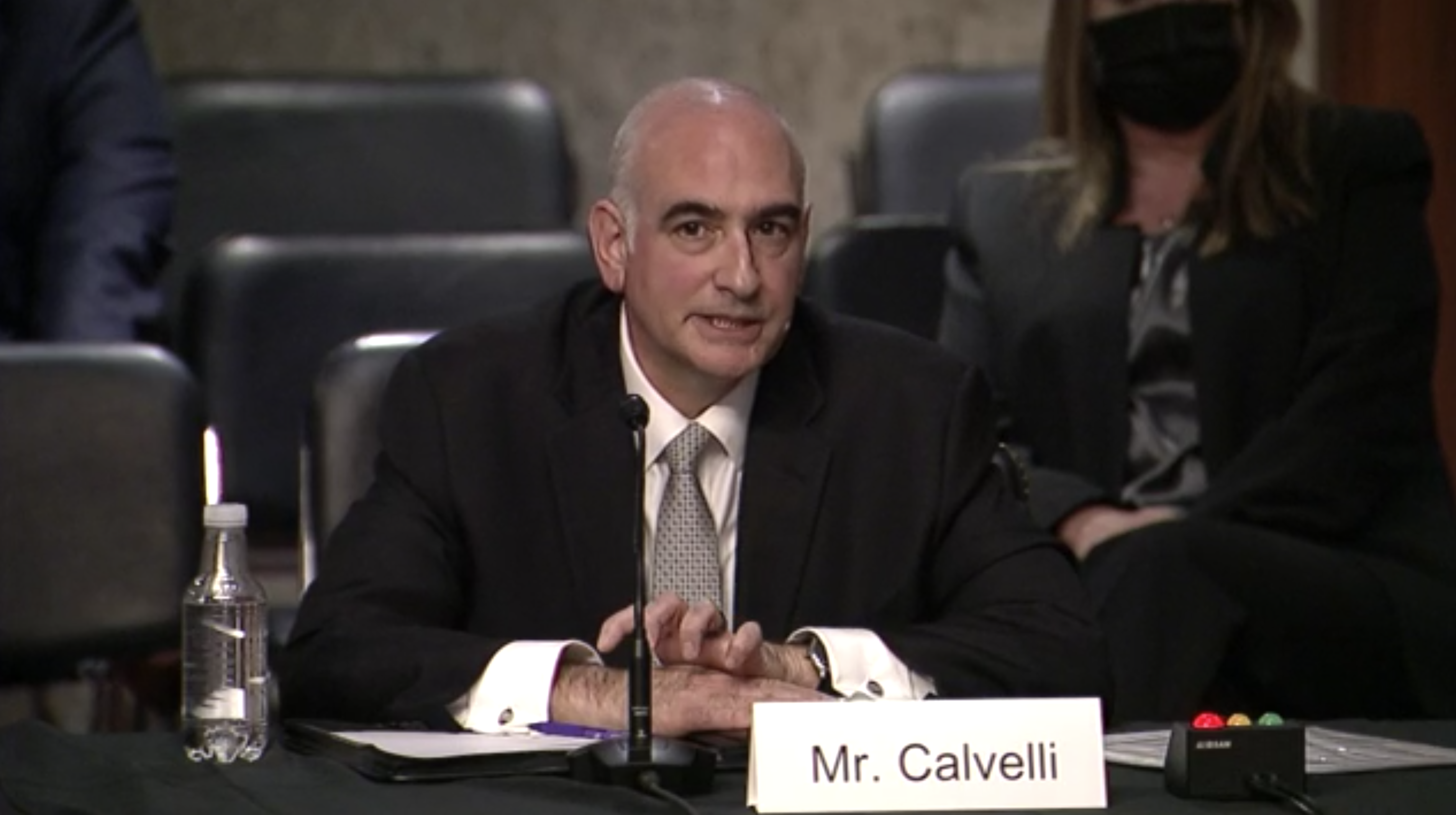President Joe Biden said he is convinced that Russian President Vladimir Putin will invade Ukraine in a matter of days, unleashing what Biden called “a catastrophic and needless war of choice.” However, Biden promised that U.S. troops will not be sent into Ukraine and that the U.S. will be prepared to defend its NATO Allies.
The president and administration officials have been de-classifying intelligence and warning for weeks of mounting Russian capabilities and plans for a “false flag” operation to justify a military incursion into Ukraine. The U.S. has also sent more than $650 million in defensive equipment, including anti-tank Javelin missiles, to Ukraine while approving the third-party transfer of air defenses from partner nations. To shore up NATO’s eastern flank, the U.S. has deployed fighter jets to Poland and Romania along with 4,600 U.S. troops while continuing to press for a diplomatic resolution.
Biden said that while he was convinced Putin had made the decision to invade Ukraine, Putin could still avert war. Secretary of State Antony Blinken and Russian Foreign Minister Sergei Lavrov had agreed to meet Feb. 24 in Europe under the condition that Russia did not invade Ukraine.
“As of this moment, I’m convinced [Putin has] made the decision,” Biden said, citing U.S. intelligence. “Until he does, diplomacy is always a possibility.”
Biden’s remarks, delayed by nearly an hour, came after two phone calls to Europe. The first was with a bipartisan group of lawmakers accompanying Vice President Kamala Harris and Blinken at the Munich Security Conference, and the second was with a group of NATO heads of state.
Biden said NATO members are resolute in their unity and commitment to impose severe sanctions on Russia should Putin invade Ukraine.
“We continue to remain lockstep at NATO despite Russia’s efforts to divide us at home and abroad,” Biden said. “The West is united and resolved. We’re ready to impose severe sanctions on Russia if it further invades Ukraine.”
Consistent with administration messaging, Biden said Russia was already spreading disinformation and attempting to create a casus belli for entering Ukraine, including by accusing Ukraine of shelling in the southeastern Donbas region, where a kindergarten was hit Feb. 17.
“These are consistent with the playbook the Russians have used before, to set up a false justification to act against Ukraine,” Biden said. “We’re calling out Russia’s plans loudly and repeatedly not because we want a conflict, but because we’re doing everything in our power to remove any reason that Russia may give to justify invading Ukraine and prevent them from moving.”
While promising not to send U.S. troops into Ukraine, Biden committed to “defend every inch of NATO territory from any threat to our collective security.”
Russia is believed to have some 190,000 troops surrounding Ukraine and poised to move on the capital, Kyiv. Biden said Putin will order the invasion within days.
“We have reason to believe the Russian forces are planning and intend to attack Ukraine in the coming week, in the coming days,” Biden said. “Russia can still choose diplomacy. It is not too late to de-escalate and return to the negotiating table.”
